The art and science of crafting masterpieces
Alloys and materials in the jewelry industry
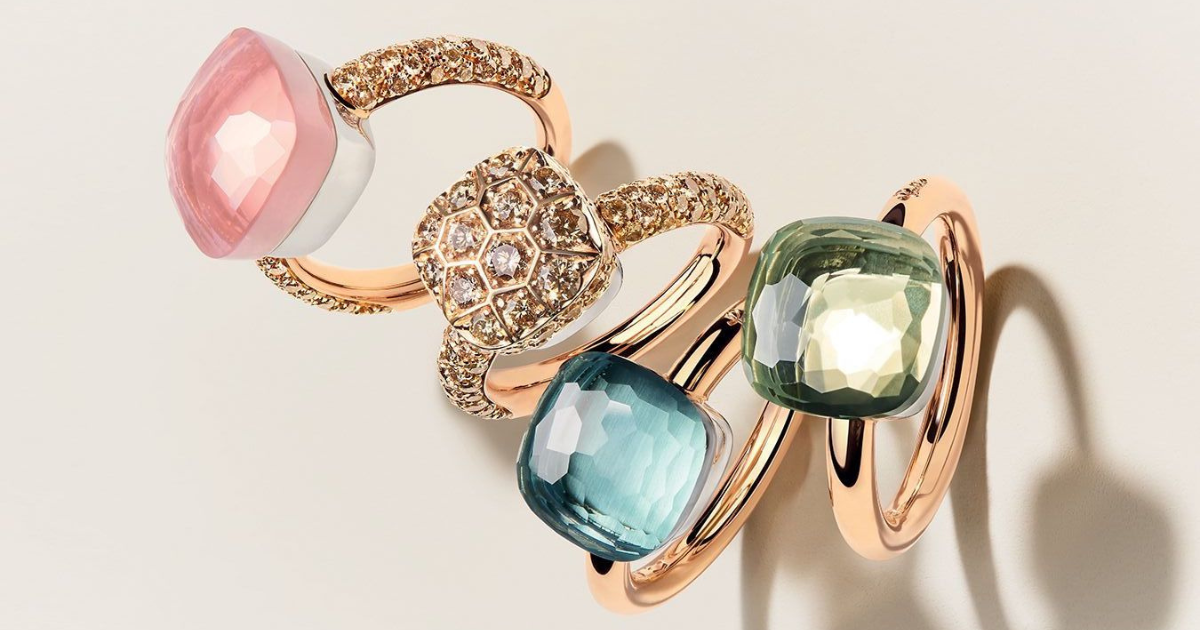
Alloys, precious and semi-precious metals, and cutting-edge technologies shape today's jewelry world.
Gold is the most popular metal in the jewelry industry. Its natural softness is compensated by adding alloying metals like silver, copper, or palladium, which enhance its strength.
24-karat gold with a 999 fineness is considered pure, but 18-karat (750 fineness) and 14-karat (585 fineness) gold are more commonly used. For instance, Damiani and Pomellato often work with 18-karat gold, achieving the perfect balance between durability and luxury.
Gold comes in various colors: white gold contains nickel or palladium, rose gold includes copper, and green gold is alloyed with silver. Carrera y Carrera is renowned for its rose gold collections, highlighting the metal's warmth and softness.
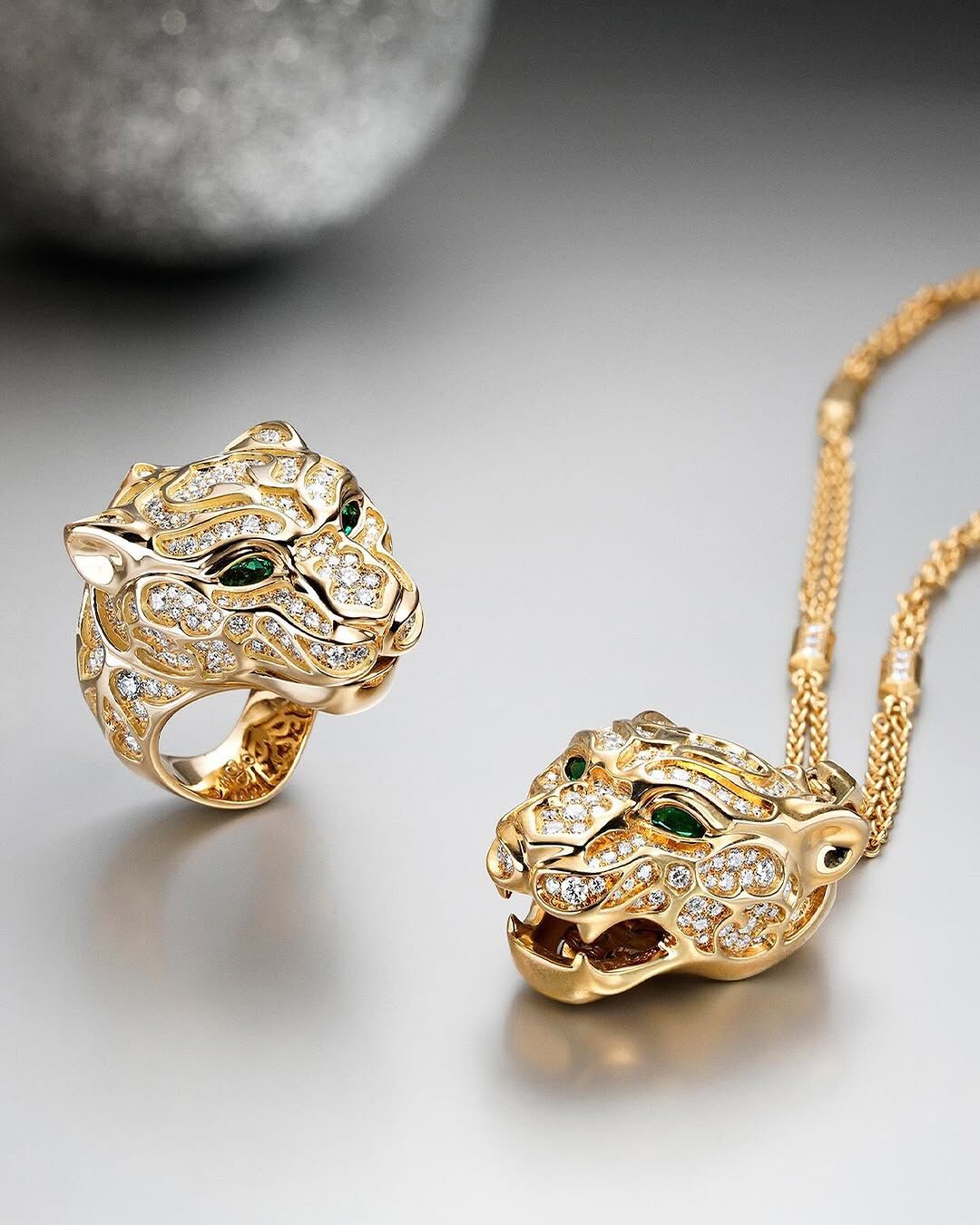
photo: instagram/carreraycarrera_official
Silver, the second most popular metal, is celebrated for its malleability and bright luster. Sterling silver with a 925 fineness mixes 92.5% silver and 7.5% copper for added strength.
Rhodium plating techniques prevent tarnishing. Tiffany & Co. is famous for its sterling silver collections, which feature uniquely treated surfaces.
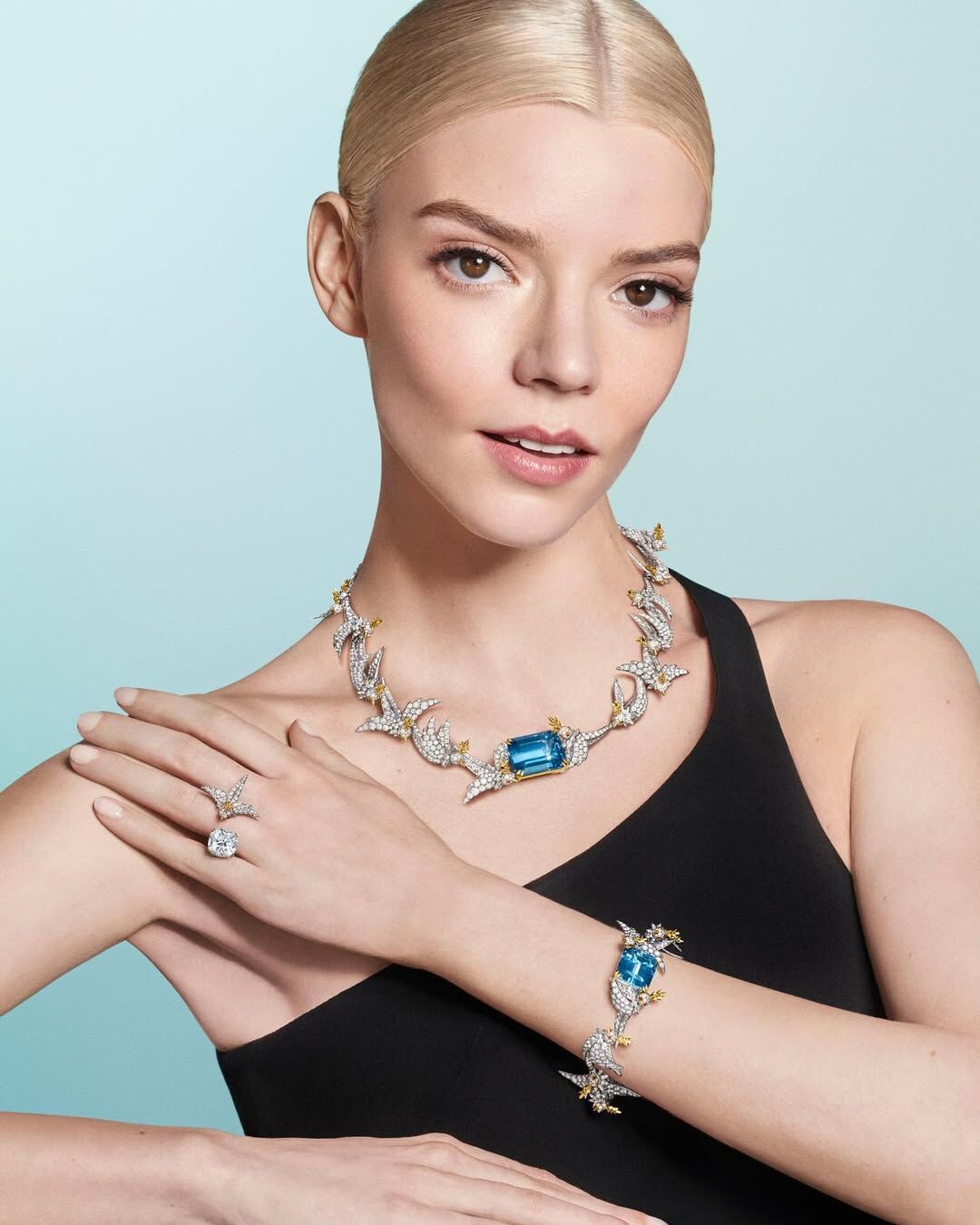
photo: instagram/tiffanyandco
Platinum symbolizes luxury due to its durability and resistance to corrosion. It is often alloyed with iridium or ruthenium for added strength. Cartier’s platinum wedding bands exemplify purity and perfection. Its naturally white color eliminates the need for additional plating.
Palladium, part of the platinum group of metals, is lightweight and corrosion-resistant. Its popularity has grown in white gold and custom designs. Roberto Coin incorporates palladium into their pieces, emphasizing its unique qualities.
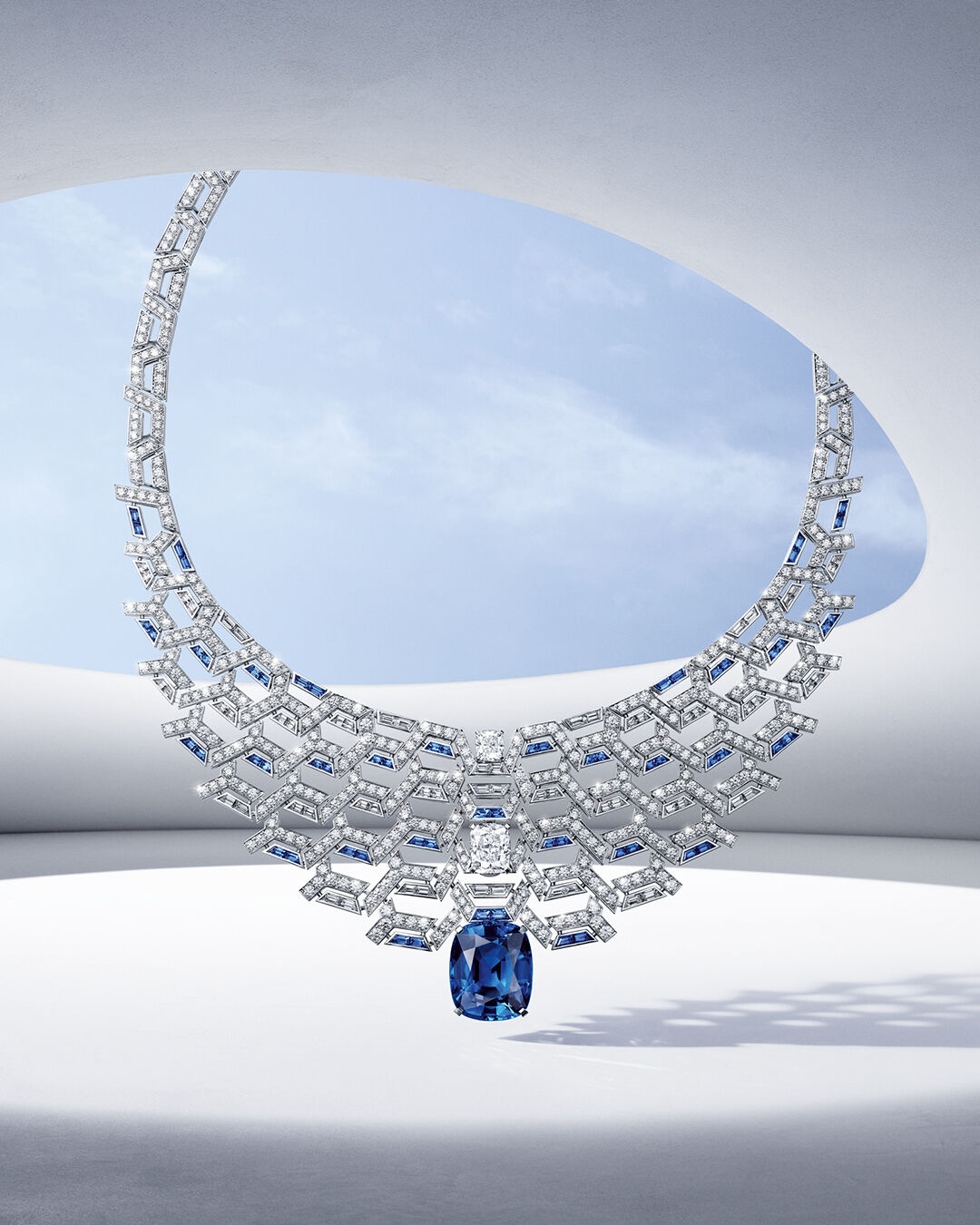
photo: instagram/cartier
Jewelry alloys combine metals to enhance their properties. Modern technology allows the creation of alloys with unique characteristics. For example, titanium is used to craft lightweight yet durable jewelry, which is popular in men’s collections. Bulgari frequently integrates titanium into its designs. Bronze and brass are favored in mass-market jewelry for their golden hues and affordability. Low-temperature alloys are utilized in intricate designs to ensure durability against deformation.
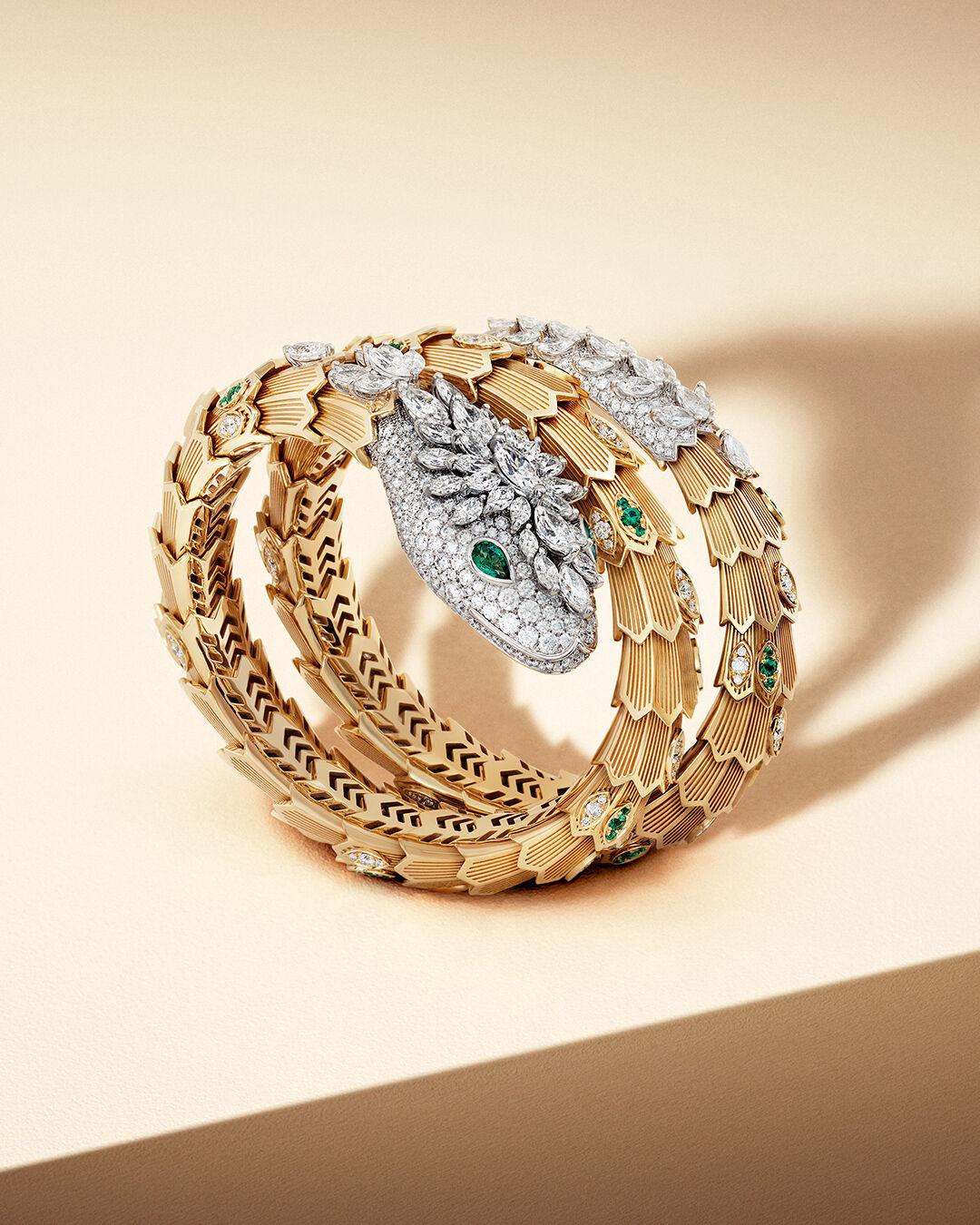
photo: instagram/Bulgari
The modern jewelry industry is embracing innovations such as high-tech ceramics, which are lightweight and scratch-resistant. Brands like Chanel and Rado have made ceramics a signature in their collections. Lab-grown diamonds, identical to natural ones in every way, have significantly reduced environmental impact. De Beers, for instance, has introduced collections featuring lab-grown stones.
Resins and acrylics are used to create bold, contemporary designs. Marni is known for experimenting with acrylic accents. Hot and cold enamel techniques bring unique color combinations to life, as seen in Van Cleef & Arpels’ Alhambra series of masterpieces.
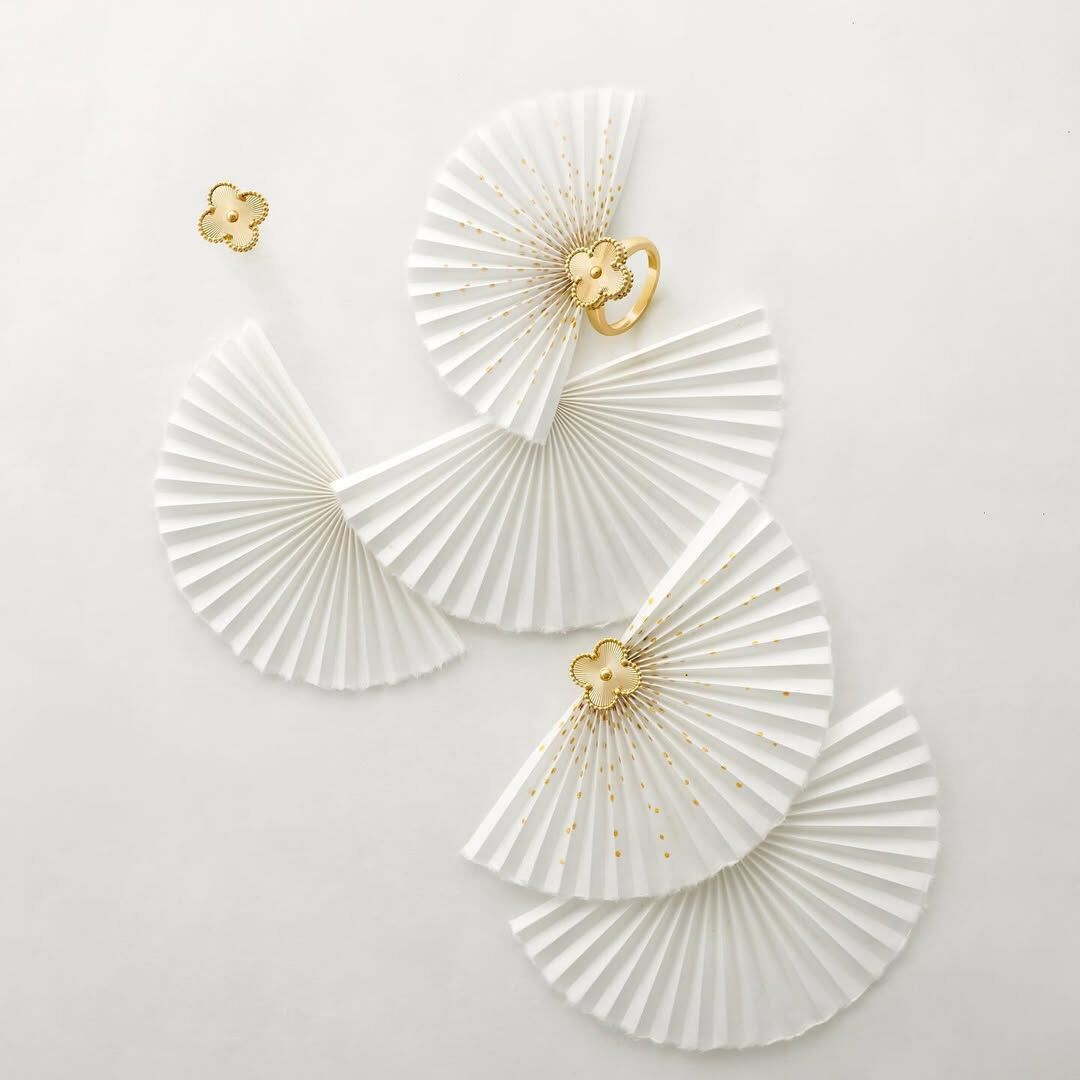
photo: instagram/vancleefarpels
Year after year, the jewelry industry advances toward sustainable practices: brands increasingly use recycled materials to reduce environmental impact. Additionally, ethical mining standards are adhered to, and blockchain technologies are employed to trace the origins of metals.
Materials and alloys in the jewelry industry are not just the foundation for creating stunning pieces, they reflect the evolution of technology, philosophy, and cultural shifts. Modern jewelers continue to explore new possibilities, inspiring and captivating their clients. This is the magic of jewelry craftsmanship: every material tells a unique story.


